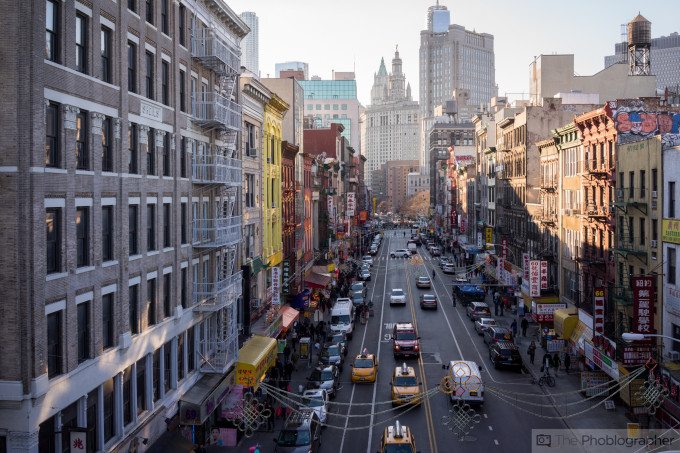Last Updated on 12/10/2013 by Chris Gampat

Want more Useful Photography Tips? Check them out here.
While leading a photo walk the other day, I was trying to teach folks that photography is a lot more than just composition, looking at a scene, and being captivated by it. Instead, it’s also about absorbing the scene and trying to figure out how you can capture all the details of the scene in a single shot. This, over most other things, I think is an incredible skill that you can use day in and day out as a photographer. To boot, you don’t need to shoot in manual for this.
For starters, look at the scene through your viewfinder and figure out the contrast between the brightest of brights and the darkest of darks. Your camera will automatically figure out a middle ground in the evaluative scene metering mode but in order to get the most details in the image ask yourself: “Are the brights more dominant in this image or are the highlights?” Also ask yourself which one is more extreme.
Editor’s Correction: the following section has been rewritten to be more clear and also corrected
If you’re shooting a scene mostly dominated by the shadows, then first expose perfectly for the shadows and then try to overexpose by around 1/3rd to 1 and 1/3 stop. The reason for this is because modern camera sensors can pick up more detail from the shadows then from the highlights. If you’re shooting a scene mostly dominated by the highlights, then underexpose by 1/3rd to half a stop. The reason for this is because you’ll have an easier time pushing the shadows to get less grain and an overexposure of this much can easily be fixed in modern software.
By shooting this way, you’ll have a lot less images to go through in the post-production phase and your workflow will be much more seamless.

